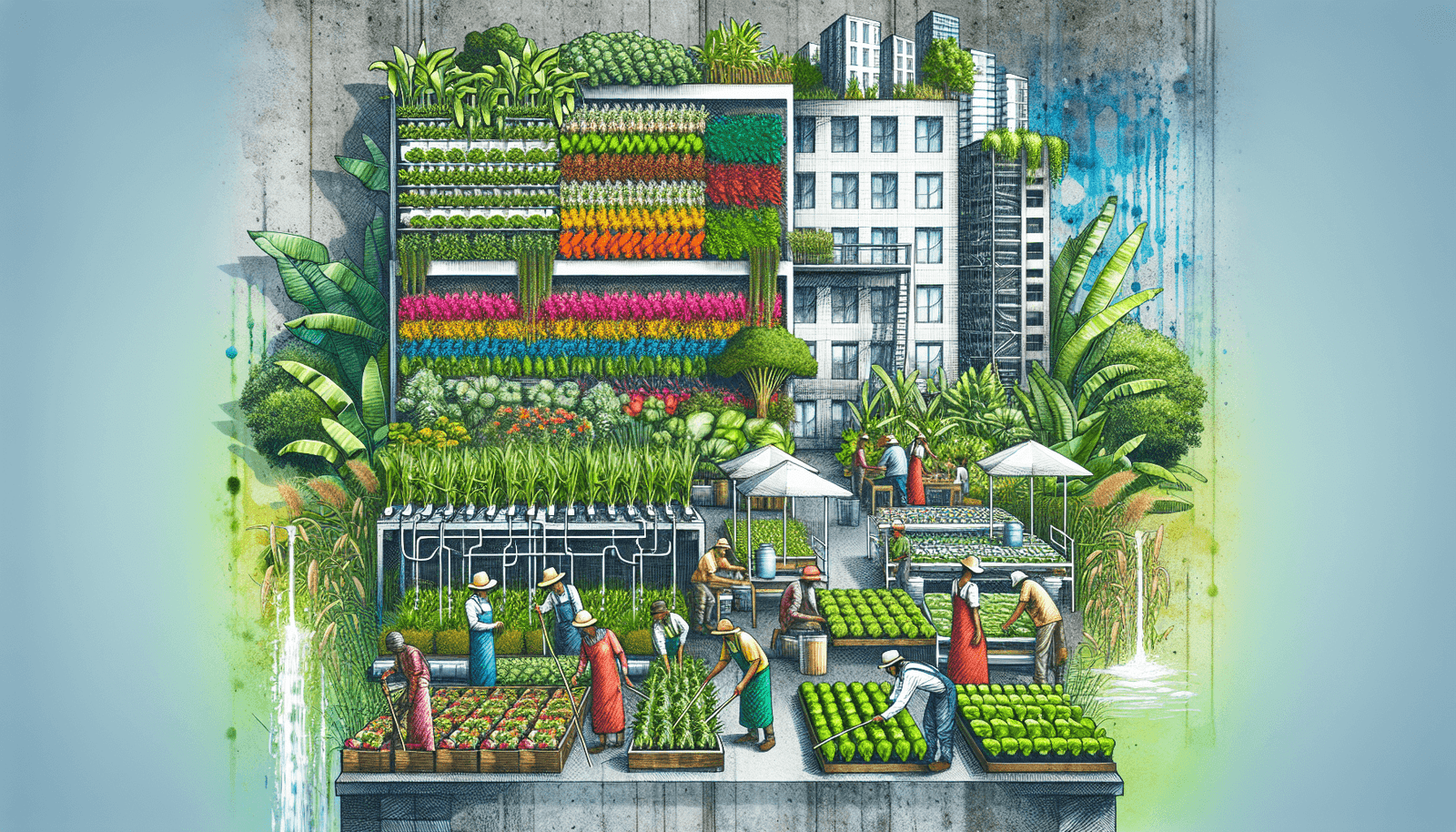Have you ever wondered how urban farming, also known as urban agriculture, actually works? With the growing popularity of sustainable living and the desire to reconnect with nature, urban farming has become a fascinating phenomenon. Through innovative techniques such as vertical gardening, rooftop farming, and hydroponics, people are creating productive green spaces in the heart of cities. By utilizing unused or underutilized urban spaces, urban farming is not only providing fresh, locally grown produce but also contributing to food security and promoting a healthier and greener environment. So, let’s explore the fascinating world of urban farming and discover how it is transforming our cities into thriving oases of sustainable agriculture.
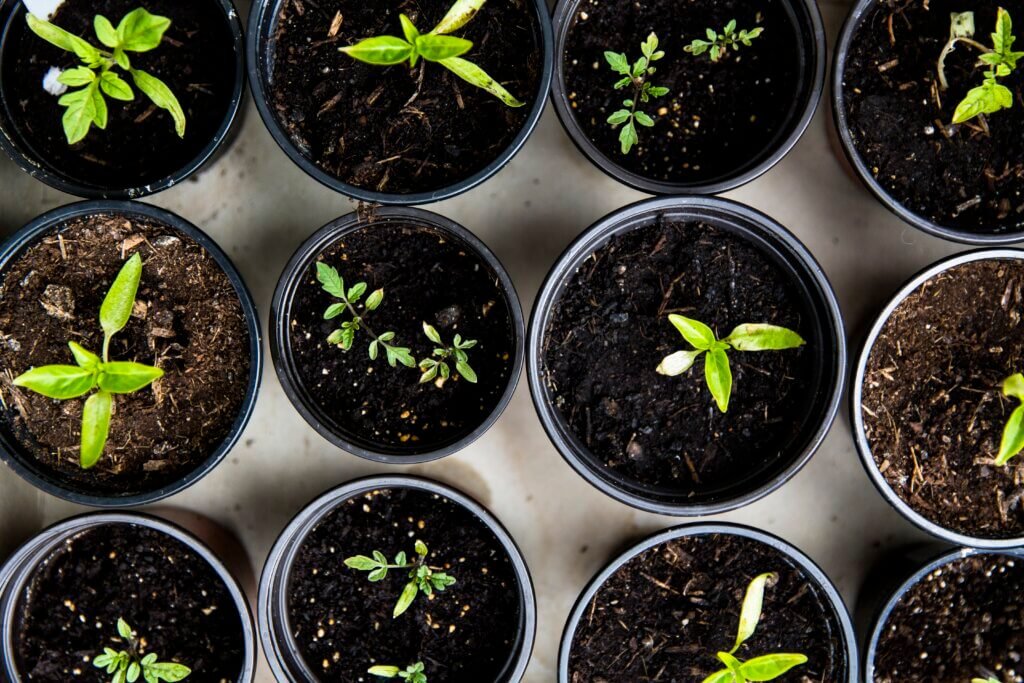
What is Urban Farming?
Urban farming refers to the practice of cultivating plants and raising animals within urban areas. It involves using available spaces, such as rooftops, balconies, or vacant lots, to grow crops. Urban farming has gained popularity in recent years due to its numerous benefits, including increased access to fresh, locally-grown produce, reduced carbon footprint, and improved community engagement.
Definition of Urban Farming
Urban farming can be defined as the process of growing, processing, and distributing food and other agricultural products within urban environments. This includes practices such as rooftop gardens, vertical farming, and community gardens, as well as keeping livestock such as chickens or bees. The goal of urban farming is to create sustainable and self-sufficient food systems within cities.
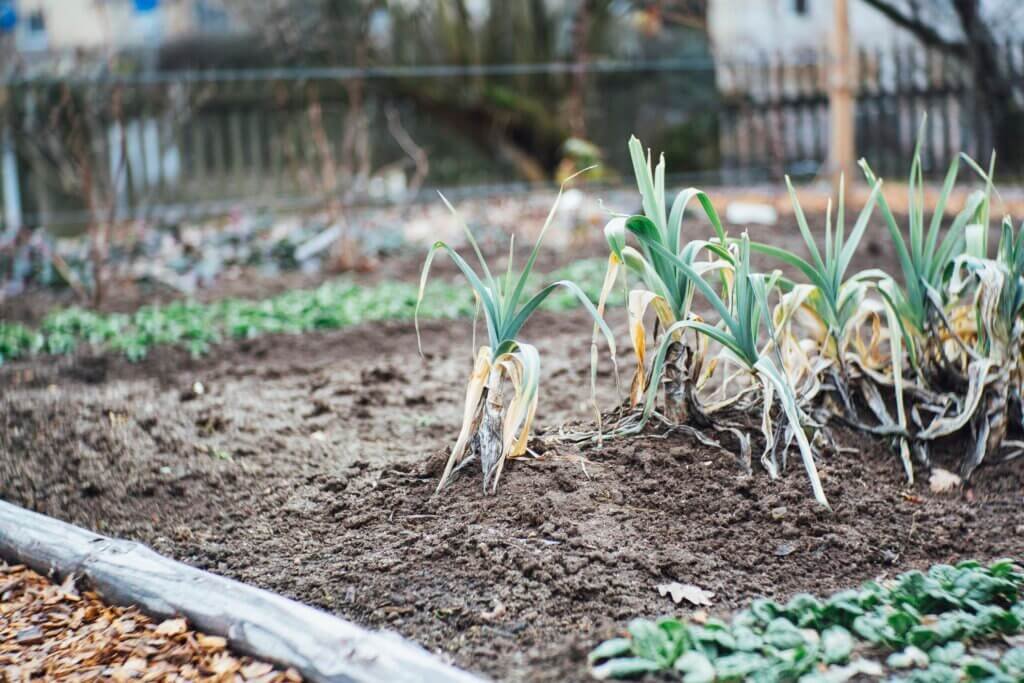
Types of Urban Farming
There are various types of urban farming, each with its own unique characteristics.
Rooftop Gardens
Rooftop gardens involve utilizing the rooftops of buildings to grow plants, vegetables, and even trees. This not only maximizes the use of available space but also provides numerous environmental benefits such as reducing heat island effects, improving air quality, and mitigating stormwater runoff.
Vertical Farming
Vertical farming is a space-saving technique that involves growing plants in vertically-stacked layers. This method typically utilizes hydroponic or aeroponic systems, where plants are grown without soil. Vertical farming allows for year-round cultivation and can be implemented in small urban spaces.
Community Gardens
Community gardens are shared spaces where community members come together to grow and maintain plants and crops. These gardens provide opportunities for social interaction, educational programs, and the sharing of knowledge and resources.
Aquaponics
Aquaponics is a system that combines aquaculture (fish farming) and hydroponics. It involves using fish waste as a nutrient source for plants, which in turn purify the water for the fish. This symbiotic relationship creates a sustainable closed-loop system that minimizes water usage and waste.
Benefits of Urban Farming
Urban farming offers numerous benefits for individuals, communities, and the environment.
Improved Food Access
Growing food in urban areas allows for increased access to fresh, nutritious produce. This is especially important in food deserts, where access to affordable and healthy food is limited. Urban farms can provide local communities with affordable fruits, vegetables, and herbs, reducing the need for long-distance transportation and the associated carbon footprint.
Environmental Sustainability
Urban farming promotes sustainable and environmentally-friendly practices. By utilizing vacant lots, rooftops, and vertical spaces, urban farming maximizes land use and reduces urban sprawl. It also helps reduce the demand for fertilizers, pesticides, and water compared to conventional farming methods.
Community Engagement
Urban farms provide spaces for community members to come together, share resources, and build relationships. They create opportunities for education, skill-building, and social interaction. Community gardens, in particular, foster a sense of ownership and pride among participants, improving community well-being.
Economic Opportunities
Urban farming can create economic opportunities by providing jobs, especially in underserved communities. Local food production and distribution contribute to the local economy and reduce reliance on imported goods. Additionally, urban farms can generate income through the sale of produce, plants, and value-added products.
Climate Resilience
Urban farming can help cities become more resilient to climate change. By increasing green spaces and promoting biodiversity, urban farms contribute to cooling the urban heat island effect and improving air quality. They also provide natural habitats for pollinators and other beneficial wildlife.

Choosing the Right Location
When starting an urban farm, choosing the right location is crucial for the success of your crops.
Factors to Consider
Several factors should be taken into account when selecting a location for your urban farm. These include access to sunlight, proximity to a water source, soil quality, available space, and local zoning regulations.
Available Space
The amount of available space will determine the scale and type of urban farming you can undertake. Assess the available space and consider whether it is suitable for techniques like rooftop gardens, vertical farming, or community gardens.
Access to Sunlight
Sunlight is essential for plant growth. When choosing a location, assess how much sunlight the area receives throughout the day. Ideally, the site should have access to at least 6-8 hours of direct sunlight.
Proximity to a Water Source
Water is a critical resource for urban farming. Make sure your chosen location has access to a reliable and sustainable water source. This can be municipal water, rainwater harvesting systems, or nearby water bodies if permitted.
Soil Quality
Evaluate the quality of the soil in your location. Conduct a soil test to determine its fertility, pH level, and nutrient content. Soil amendments and improvements may be necessary to ensure optimal plant growth and productivity.
Selecting Suitable Crops
Choosing the right crops for your urban farm is essential for maximizing yields and utilizing available space effectively.
Crop Types
Consider the types of crops that are suitable for urban farming. Some common options include leafy greens like lettuce and spinach, herbs like basil and cilantro, root vegetables like carrots and radishes, and fast-growing crops like microgreens and sprouts.
Considerations for Urban Farming
In urban farming, space is often limited. Consider crops that have a small footprint or can be grown vertically, such as strawberries or vine plants like cucumbers and tomatoes. Additionally, take into account the growing season and climate in your area to select crops that thrive in your region.
Fast-Growing Plants
To maximize yields in limited space, choose fast-growing plants that reach maturity quickly. Examples include lettuce, radishes, and herbs. These crops allow for multiple successions and quick harvests.
High-Yield Crops
Select crops that have a high yield per square foot. These crops utilize space efficiently and can provide a significant amount of produce. Examples include beans, zucchini, and cherry tomatoes.
Space-Saving Techniques
Utilize space-saving techniques such as vertical gardening, trellising, and intercropping. These techniques maximize productivity by growing crops vertically or in close proximity, making the most of limited space.
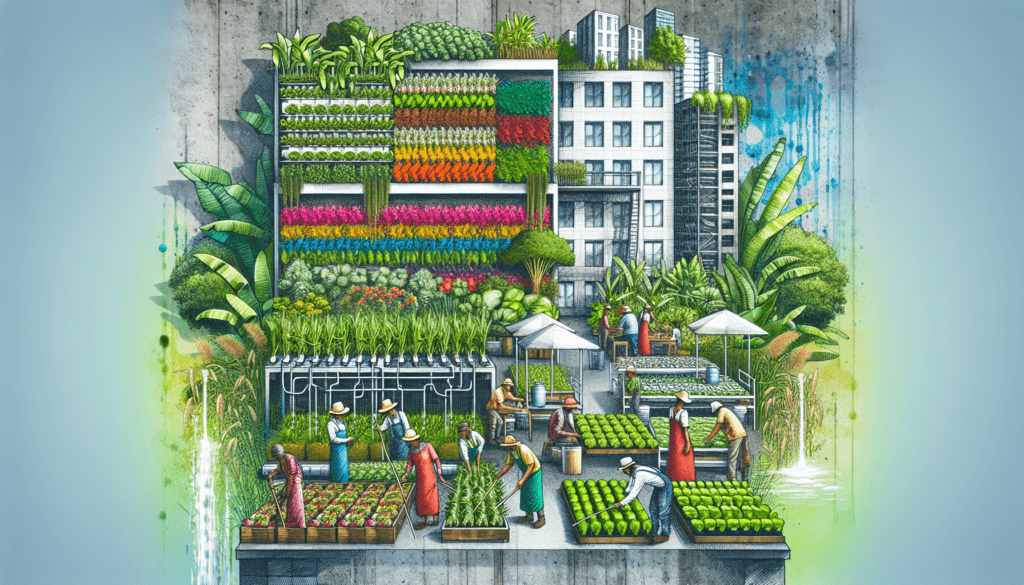
Obtaining Seeds and Seedlings
Obtaining quality seeds and seedlings is essential for a successful urban farm. Consider different sources and methods for acquiring the plant material you need.
Purchasing Seeds
Purchase seeds from reputable suppliers that offer a wide variety of organic, heirloom, and open-pollinated seeds. Look for seeds that are well-suited for urban farming, such as compact varieties or those specifically bred for container gardening.
Seed Saving and Exchange
Seed saving is a sustainable practice that allows you to collect and store seeds from your own plants for future use. Participate in seed exchanges or join local gardening groups where you can exchange seeds with other urban farmers.
Nursery-Grown Seedlings
If starting plants from seeds seems daunting, consider purchasing nursery-grown seedlings. These are young plants that have already germinated and developed, making them easier to transplant into your farm.
Hydroponic and Aquaponic Systems
In hydroponic and aquaponic systems, plants are grown in nutrient-rich water instead of soil. If you are interested in these soil-less growing methods, seek out specialized suppliers that offer hydroponic or aquaponic starter kits and equipment.
Preparing the Growing Area
Before planting, it is important to prepare the growing area properly to ensure optimal conditions for plant growth.
Clearing and Cleaning
Clear the area of any debris, weeds, or unwanted vegetation. Remove any obstacles or structures that may hinder sunlight or airflow. Cleaning the area creates a blank canvas for your urban farm.
Installing Raised Beds or Containers
If planting directly in the ground is not feasible, consider installing raised beds or using containers. Raised beds provide better drainage and allow for more control over the soil condition. Containers, such as pots or grow bags, are suitable for rooftop or balcony gardens.
Building Trellises and Supports
For crops that require support, such as tomatoes or climbing beans, build trellises or supports. These structures help plants grow vertically, saving space and improving airflow.
Improving Soil Quality
Improve the soil quality by adding organic matter, compost, and other soil amendments. This helps enhance fertility, drainage, and moisture retention. Consider using vermicompost or compost tea, which are nutrient-rich soil additives.
Irrigation and Drainage Systems
Install an irrigation system that matches the needs of your crops. This can be as simple as hand-watering with a hose or using drip irrigation systems. Ensure proper drainage to avoid waterlogging, which can lead to root rot and other plant diseases.
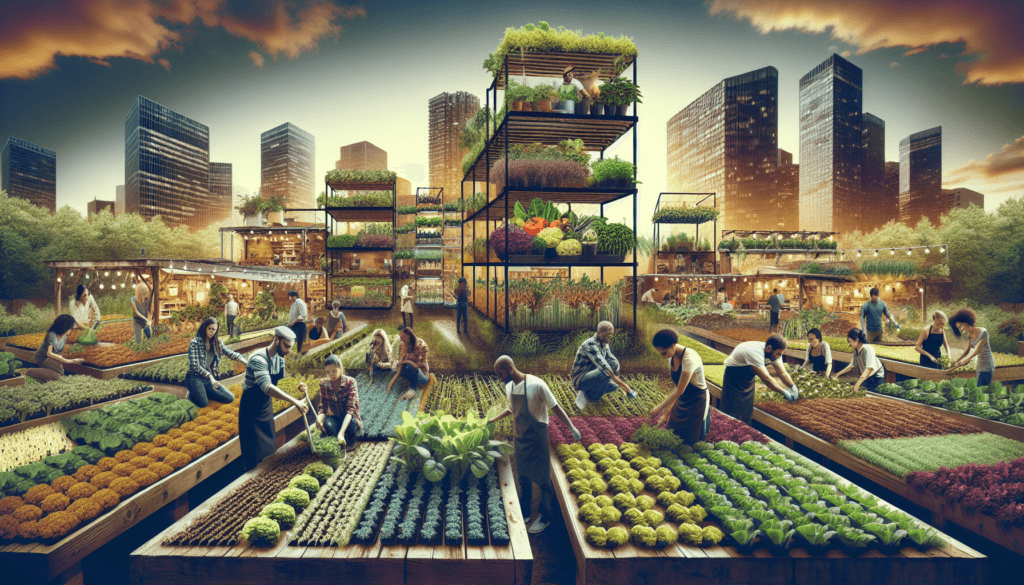
Implementing Sustainable Practices
Sustainability is a key aspect of urban farming. Adopting sustainable practices ensures the long-term viability and success of your urban farm.
Composting
Implement a composting system to turn organic waste into nutrient-rich compost. This reduces waste going to landfills and provides valuable organic matter for your soil.
Crop Rotation
Practicing crop rotation helps prevent the buildup of pests and diseases in the soil. Rotate crops in different beds or containers each season to maintain balanced nutrient levels and minimize the risk of plant-specific pests and diseases.
Integrated Pest Management
Adopt integrated pest management (IPM) practices to control pests without relying on chemical pesticides. This involves using cultural, biological, and mechanical means to manage pests, such as attracting beneficial insects or manually removing pests.
Water Conservation
Implement water conservation practices to minimize water usage. This can include using mulch to retain soil moisture, collecting rainwater for irrigation, or scheduling watering times to optimize water absorption.
Using Organic Fertilizers
Avoid synthetic fertilizers and opt for organic fertilizers that feed the soil and promote long-term plant health. Organic fertilizers, such as compost or seaweed extracts, provide essential nutrients while improving soil structure.
Managing Pests and Diseases
Pests and diseases can negatively impact your crops. Implement proactive measures to prevent and manage these challenges effectively.
Identifying Common Pests
Learn to identify common pests that affect urban crops, such as aphids, caterpillars, or slugs. Regularly inspect your plants for signs of infestation or damage.
Preventive Measures
Take preventive measures to minimize pest problems. These can include practicing good sanitation, using row covers or netting to exclude pests, or planting pest-repellent companion plants.
Natural Pest Control Methods
Utilize natural pest control methods to manage pest populations. This can involve introducing beneficial insects that prey on pests, like ladybugs or lacewings, or using organic insecticides derived from plant-based ingredients.
Early Detection of Diseases
Monitor your crops regularly for signs of diseases, such as fungal infections or bacterial wilt. Early detection allows for prompt action and prevents the spread of diseases.
Treatment Options
If diseases are identified, treat them accordingly with organic or approved fungicides or bactericides. Remove infected plants promptly to prevent further spread and dispose of them properly.
Maintaining and Harvesting Crops
Proper maintenance and timely harvesting are crucial for the success of your urban farm.
Regular Monitoring
Monitor your crops regularly for any signs of nutrient deficiencies, water stress, or pest and disease issues. This allows for early intervention and ensures prompt action.
Weeding and Pruning
Regularly weed your growing area to prevent unwanted plants from competing with your crops for nutrients and space. Prune your plants as necessary to remove dead or damaged parts and encourage healthy growth.
Watering and Fertilizing
Maintain a consistent watering schedule to ensure your plants receive adequate moisture. Adjust the watering frequency and amount based on weather conditions and specific crop needs. Fertilize your plants according to their nutrient requirements, using organic fertilizers as previously discussed.
Harvesting Techniques
Harvest your crops at the correct stage of maturity for optimal flavor and nutritional content. Different crops have different harvesting techniques, so research and follow specific guidelines for each crop.
Planting Succession Crops
To maximize your harvest throughout the growing season, practice succession planting. This involves planting new crops as soon as a previous crop is harvested. By staggering planting dates, you can ensure a continuous supply of fresh produce.
Community Involvement and Education
Engaging the local community is an integral part of urban farming. Foster community involvement by taking advantage of educational programs and promoting collaboration.
Engaging the Local Community
Reach out to local schools, community centers, and organizations to promote your urban farm and offer educational opportunities. Encourage community members to get involved in gardening activities and create a sense of ownership and pride in the project.
Educational Programs and Workshops
Offer educational programs and workshops on topics such as organic gardening, sustainable practices, and food preservation. These programs can help community members develop their skills and become more self-sufficient.
Volunteer Opportunities
Provide volunteer opportunities for community members to get hands-on experience in urban farming. This not only helps with farm tasks but also fosters a sense of community and shared responsibility.
Sharing Harvested Produce
Donate excess produce to local food banks, community kitchens, or individuals in need. This helps address food insecurity and ensures that the harvest is shared with the broader community.
Promoting Sustainable Food Systems
Advocate for sustainable food systems by networking with local government officials and policymakers. Participate in local and regional initiatives that promote urban farming and sustainable agriculture.
Challenges and Solutions
Urban farming may come with its own challenges, but with creativity and determination, these challenges can be overcome through various solutions.
Limited Space and Resources
Limited space can be a challenge for urban farmers. However, utilizing vertical gardening, container gardening, and creative use of available spaces can help maximize productivity. Additionally, sourcing locally available resources and materials can reduce costs.
Managing Urban Wildlife
Urban wildlife, such as squirrels, birds, or rabbits, can pose a threat to urban farms. Implementing deterrents like netting, fencing, or scare devices can deter wildlife and protect crops. Consider using companion planting techniques that repel or attract beneficial insects to manage pest populations.
Dealing with Noise and Air Pollution
Urban environments may expose crops to various types of pollution, including noise and air pollution. Creating physical barriers, such as tall plants or trellises, can help mitigate some of the negative effects. Choosing resilient crops that can tolerate urban conditions is also beneficial.
Overcoming Legal Restrictions
Some cities may have regulations or restrictions regarding urban farming. Research and comply with local zoning laws and seek appropriate permits if necessary. Engage with local authorities to advocate for urban farming and sustainable food systems.
Building Relationships with Authorities
Building positive relationships with local authorities can help overcome legal challenges and increase support for urban farming initiatives. Engage in open communication, invite officials to visit your urban farm, and share success stories and data that demonstrate the benefits of urban farming.
In conclusion, urban farming is a sustainable and innovative approach to food production that offers a range of benefits for individuals, communities, and the environment. By carefully selecting suitable locations, crops, and implementing sustainable practices, urban farmers can overcome challenges and successfully grow and harvest fresh produce in urban environments. Through community involvement and education, urban farming not only provides access to nutritious food but also creates a sense of community and fosters a deeper understanding of sustainable food systems. With continued support and advocacy, urban farming has the potential to transform our cities into vibrant and resilient hubs of local food production.

